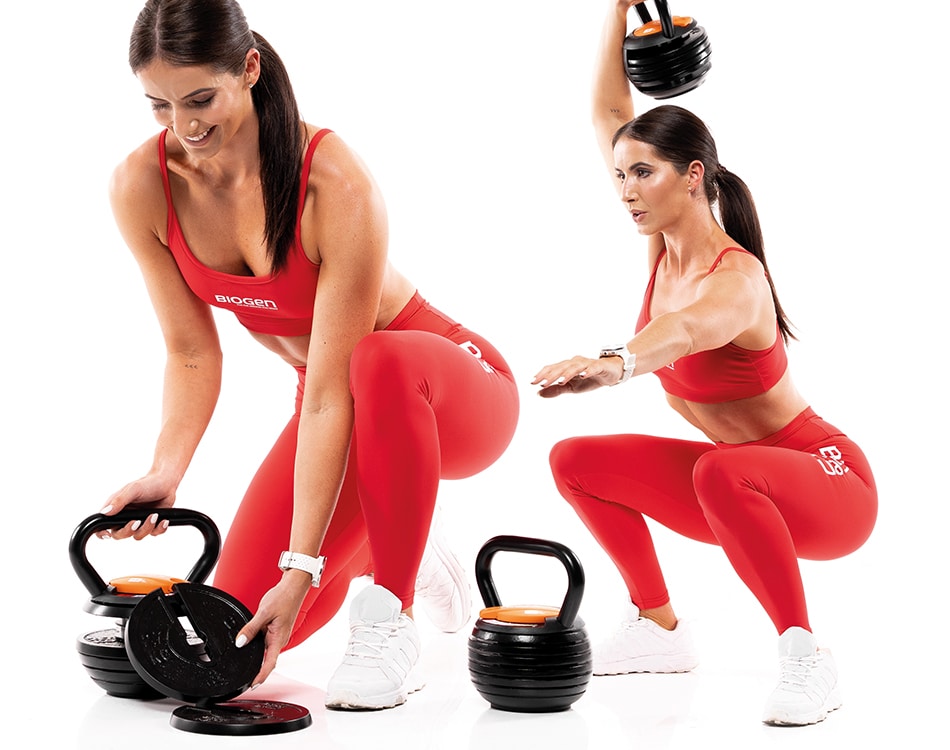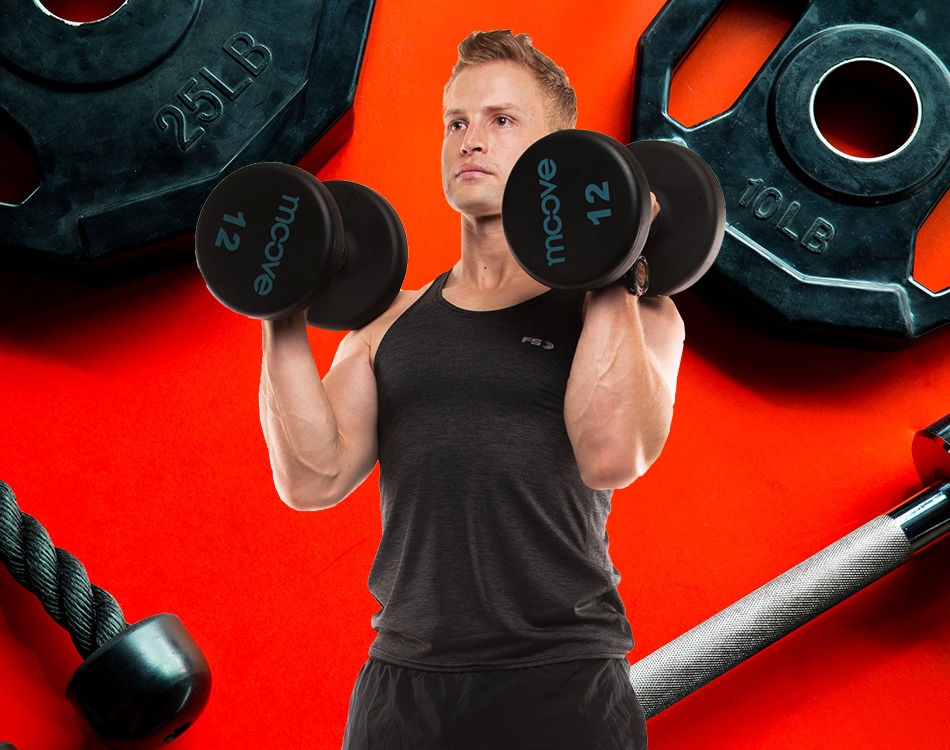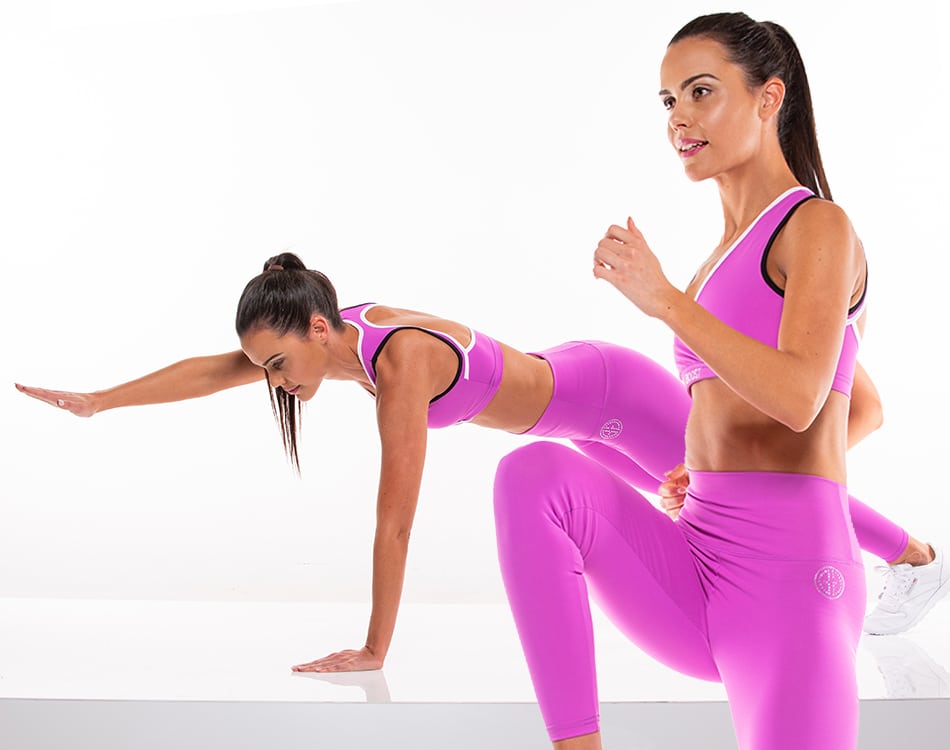You need to lift heavy weights to make gains in size and strength, but you also need to lift safely, using impeccable weight lifting form and engaging the right muscles to avoid injuries.
Lifting with proper form and technique becomes especially important when you start adding more plates to the bar or when executing more advanced compound exercises.
READ MORE | 3 Steps To Level Up Your Performance In The Gym
Lower your injury risk
The major concern is that poor form increases your injury risk. Injuries often happen because poor lifting form shifts the stress off targeted muscles and primary movers.
Don’t slow your progress
And shifting the stress onto smaller, potentially weaker muscles due to poor technique can also make it difficult to lift progressively heavy weights, which can slow down progress in the weights room.
Target the right muscles
Lifting weights with poor or incorrect form also means that the exercise doesn’t work the targeted muscles in the intended manner to deliver the right muscle-building response or gains in strength.
READ MORE | Fix Your Form To Squat Heavy
Lift like a boss
Many lifters make common mistakes unconsciously and unintentionally as they never learnt correct form from the start. Some mistakes stem from the conventional advice shared in the weights room that we know today is wrong or inaccurate.
To perform an exercise properly first requires movement mastery, which may require using bodyweight initially or a lighter weight until your get the movement pattern and firing sequence correct.
Get expert help and advice
This is where a qualified personal trainer or coach can prove invaluable. A trained and experienced fitness professional will teach clients proper form while they build their strength and fitness base, which makes them less prone to injury and helps them progress at a faster rate.
And they will teach you how to manage different training loads, which ensures that you don’t train too much or too little, ramp up too quickly, or fail to include enough rest and recovery time.
In addition, their trained eye should pick up on any biomechanical imbalances or weaknesses. Addressing these issues early on can avoid injuries and time off from training while also helping to improve your performance when addressed with a suitable rehabilitation programme.
You can also follow this form a style guide to check your form and nail your technique for the best results and an injury-free, more enjoyable gym experience.








